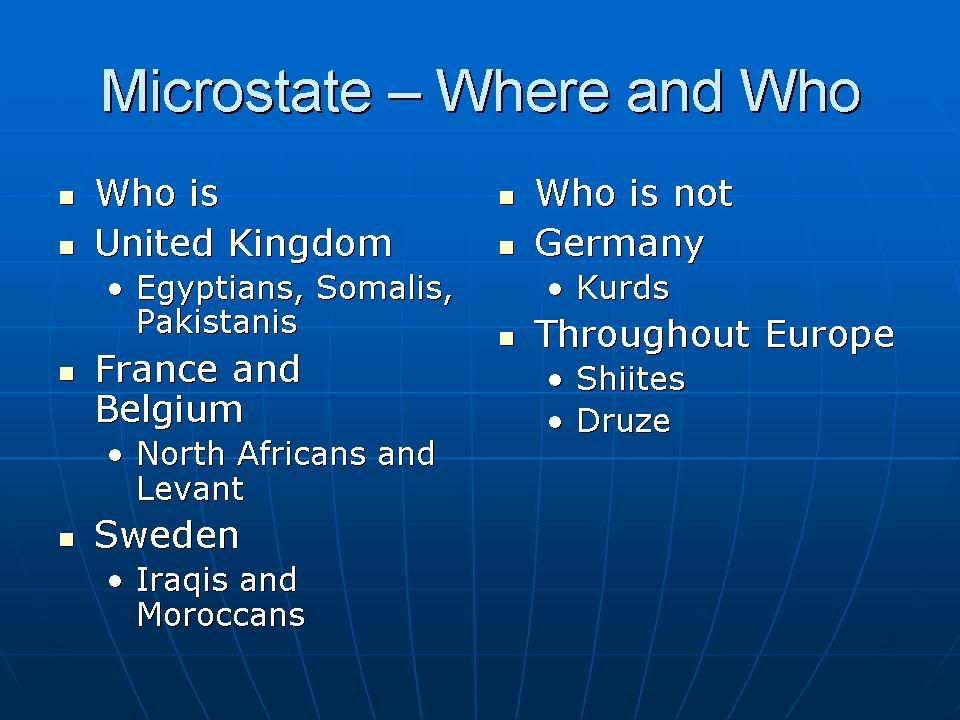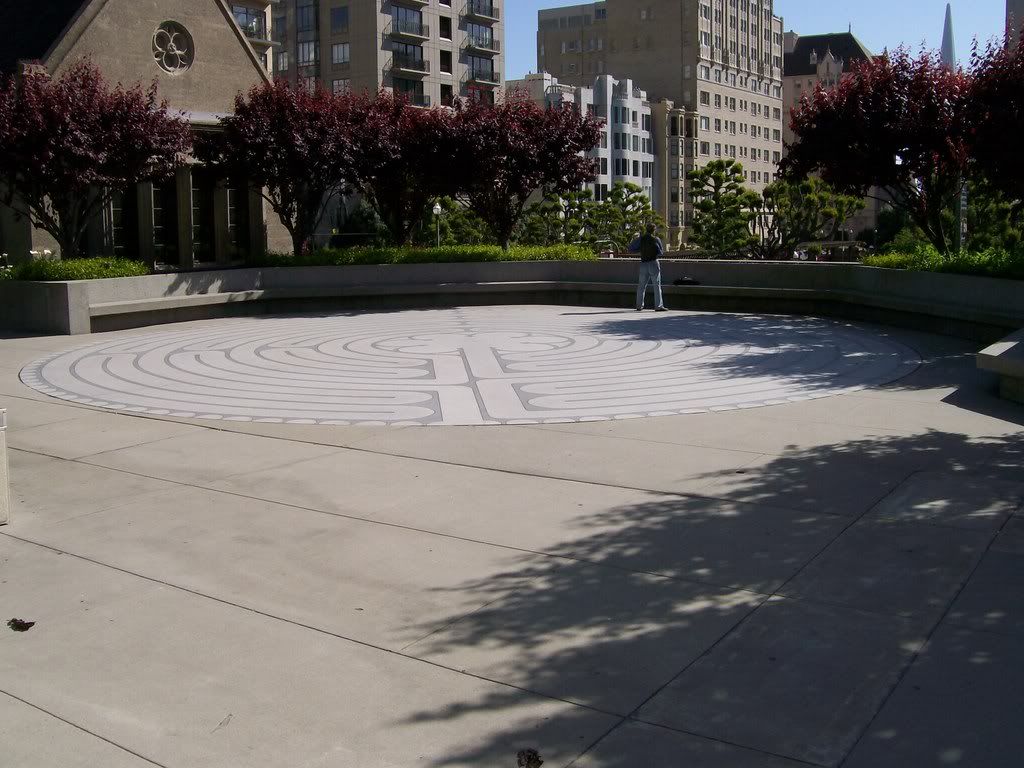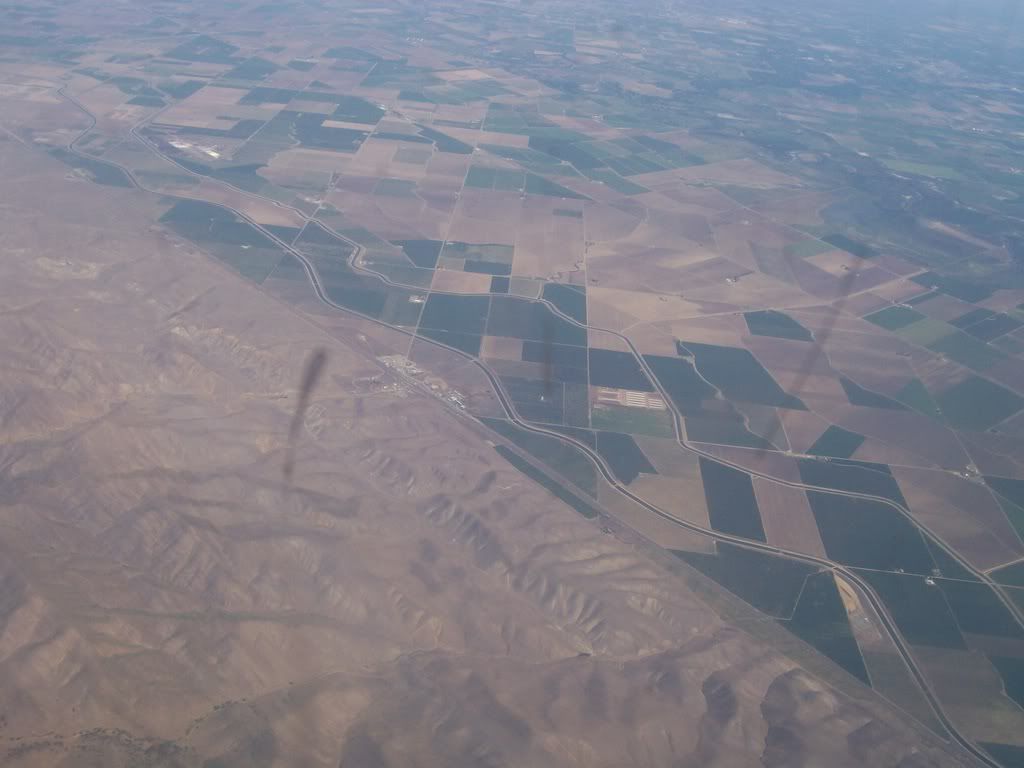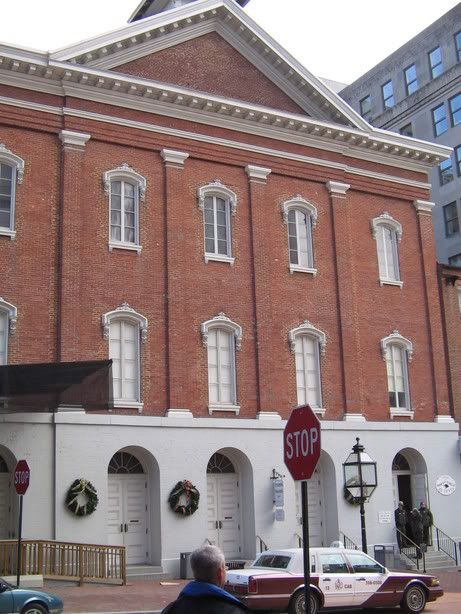The Top 10 according the Places Rated Almanac are
- Pittsburgh
- San Francisco
- Seattle
- Portland
- Philadelphia
- Rochester
- Washington
- San Jose
- Boston
- Madison
In order to believe the results Catholicgauze had to quickly remember the old Rust Belt Pittsburgh is gone and the city has greatly improved. The other rated cities made Catholicgauze pause however. Rating Washington D.C. seventh was shocking. While D.C. has culture and events galore; property values are high, as is crime, and parks are practical no-go areas. Those who can afford the D.C. lifestyle live in the suburbs. Not to mention that every terrorist group in the world wants to blow the city and all those who live in it sky high.
Because the Places Rated Almanac does not give its formula away for free its impossible to know right off hand what logic was driving these decisions.
There also seems to be a biased towards the bigger cities (which can be forgiven) and to places along the coast. "Fly Over country" is overlooked with the exception of Madison, Wisconsin.
CNN has a much more interactive and informative Best Places to Live website. While one can search via state or other variables, the best places to live overall according to this list are
- Fort Collins, Colorado
- Naperville, Illinois
- Sugar Land, Texas
- Columbia, Maryland
- Cary, North Carolina
- Overland Park, Kansas
- Scottsdale, Arizona
- Boise, Idaho
- Fairfield, Connecticut
- Eden Prairie, Minnesota
The distribution is much more spread out. The methodology is also clear and reasonable. The primary factors are affordable housing, leisure activities, cultural options, job growth, sunny weather, short commute time, and good health care access.
Trying to decide what is the best place to live is subjective. Beauty is in the eye of the beholder. So use the lists as guidelines and remember you have your own priorities.







































